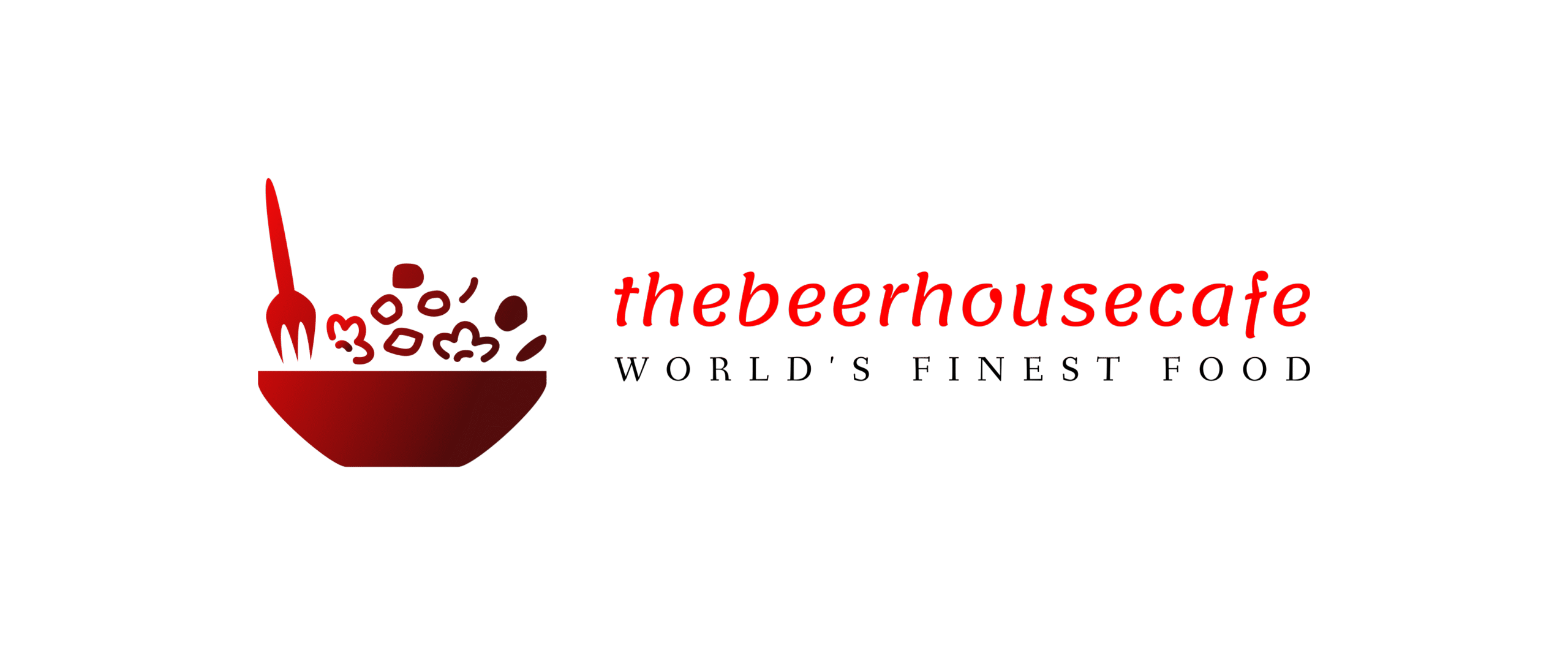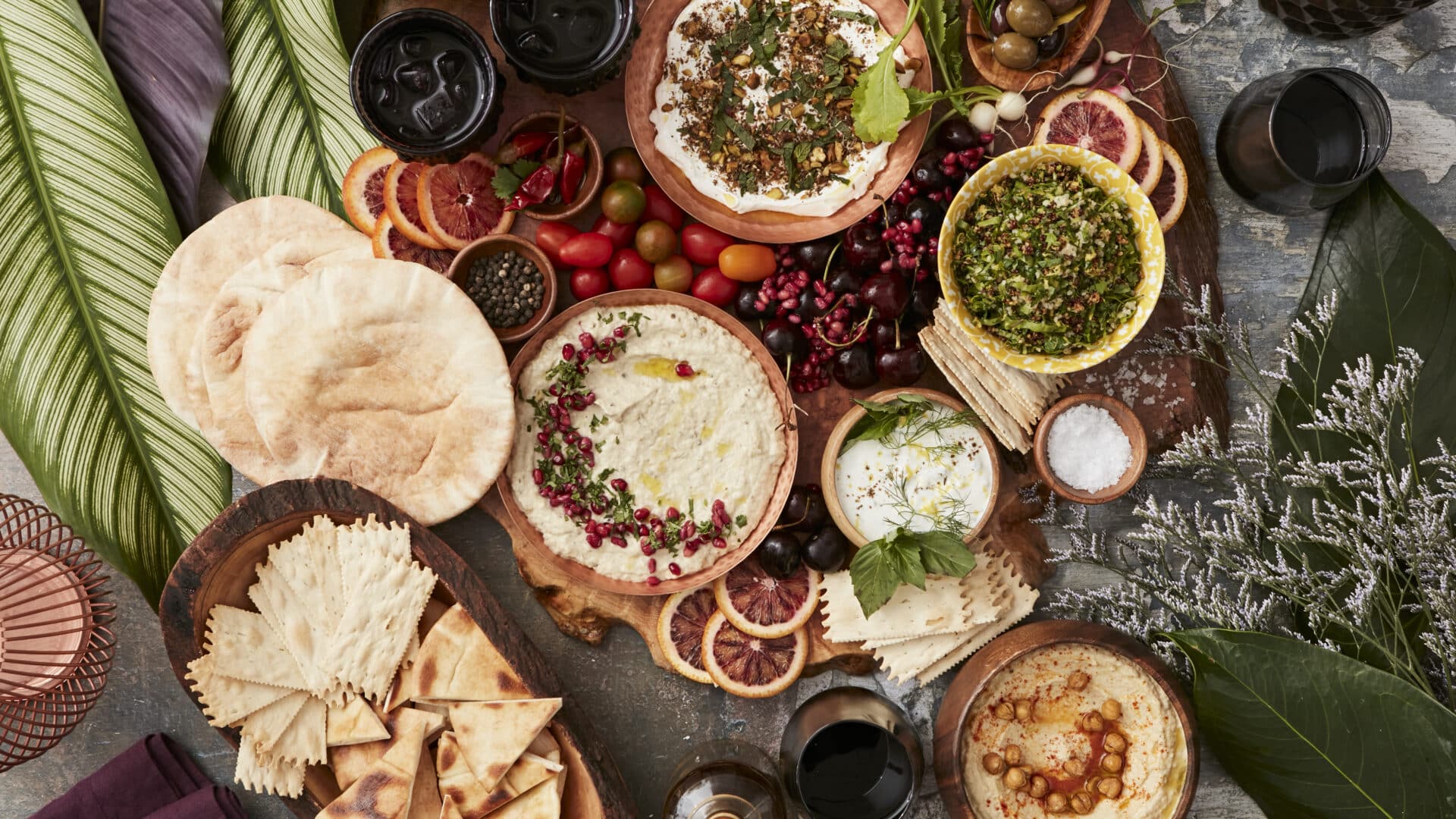There was nothing fast about pioneer food
I have written about all aspects of pioneer life. It is fascinating to learn how they dealt with transportation, neighbors, politics, religion, and housing. But how the pioneers ate and kept warm is one of the most interesting aspects of their lives. It gives insight into how creative and hard-working they were to sustain their families in the wilderness.

At first pioneers ate by campfires. During their 6-week wagon trip all meals were prepared in the open. Then while living in tents as cabins were built and even for a time before the fireplaces were operational, meals were prepared outside…. in all weather. Because the pioneers traveled in small 3 x 10 wagons, the cooking utensils were a basic Dutch oven, iron skillet, iron griddle, boiling pot, and maybe a tea kettle. Roasting spits and a cooking tripod were typically employed.
Food storage was planned during cabin construction. A cabin cellar was just an inside covered hole in the floor, called a potato hole. In was inside for easy access in the winter and to keep goods from raccoons, opossums, and skunks. Later, outside proper root cellars were built.
Movies and television portray log cabins as warm, toasty comfortable homes, but the reality was that the interior temperature of a cabin was only a few degrees warmer than the outside if you were standing a more than a few feet from the fireplace. Families often slept close to the fireplace on exceptionally cold nights. Log cabins commonly had dirt floors that were covered with a thin rug, so when the ground outside froze, so did the dirt floor beneath the pioneers’ feet. There are sketches of women standing on small boxes while cooking. This was necessary to keep their feet warm. Women prepared meals in the hearths of stone and mud fireplaces and quickly learned to used different types of fires and flames to prepare different types of food. For example, a controllable fire was used to roast and toast, while boiling and stewing required a smaller flame. Women were often trying to cook while family members sat close to the fire. It is easy to image frayed tempers in the small cabins. And an ample supply of wood required daily attention for year-round for cooking and for the critical winter heat.
Early settlers found food in the woods before their gardens were ready. They ate nuts, dandelions, wild strawberries, grapes, blackberries, raspberries, lamb’s quarter and many other wild plants. Very early pioneers didn’t always know what foods they’d find. Called thrift fritters, they might come back from a foraging trip with a few wild carrots, nettles, and wild onion. These random veggies could be added to a mashed potatoes along with a beaten egg and maybe some flour. Then formed into patties and fried them in drippings to make a fritter. The woods also supplied deer, wild turkey, prairie chickens, squirrel, and quail as meat dishes.
Planting a garden was one of the first jobs a pioneer had to do. This provided potatoes, beans, carrots, onions, and yams. But once they had settled, they began to grow crops. Corn was the most popular and easiest to grow for the family and for livestock. Small pigs were carried in swing cages under the covered wagon. Larger ones were driven during the trip. Hogs were critical in the first American west. They were always earmarked to confirm owners as they could forage in the forest on their own and sometimes stray. Hogs have multiple offspring which was important for the next season. They grew quickly on nuts and lamb’s quarter and would come to the cabin area for table scraps and maybe take shelter in bad weather. They would be slaughtered in the fall and their meat was salted and smoked. The flavor was imparted to ham by the smoldering corncobs in a little smokehouse.
Corn could be grown almost anywhere and in the poorest of soils. It could be made into hominy, mush, and corn bread. Dried corn was a delectable winter dish. When fresh corn was in season, women cut the kernels from the cooked corn. These were spread thinly on large baking sheets, which were placed on the back of the fireplace where the corn would dry for days. It was then put into muslin bags and stored out of reach of mice. The winter evening before it was to be served, a portion of corn was put to soak. Early the next morning it was drained, and after fresh water was added, it was placed on the fireplace hook to simmer for about three hours. When the corn was tender, it was drained again, and salt, milk, and butter were added.
Nothing in the way of food was ever wasted. Sour milk, for example, was used to make “Dutch cheese,” similar to today’s cottage cheese. The milk was drained off the whey, and a little salt, butter, and cream were added. The cheese was then pressed into a mold and could be cut in slices. Sour milk was also used in baking. Pioneer women were experts at making sour-milk or buttermilk biscuits, which they ate both hot and cold.
They rarely had bread. Sometimes for variety they used the ingredients of biscuits to make a very thick batter, which was poured onto a baking sheet. This was called “spider bread,” and it was always eaten hot. Biscuits were also used in making bread pudding. Folks didn’t have packages of yeast. They usually made their bread with the “salt-rising” method. The bread dough was mixed in a kettle. Natural bacteria in the dough would cause it to rise. Then the dough was baked in the kettle over a fire at night. Pioneers did bring chickens along in crates tied to the backs of their wagons. Eggs were used in many pioneer recipes.
Resourceful? Potatoes were placed in the coals and let to bake until steam is coming out of them – about 40 minutes. When done, DO NOT EAT THEM. They are meant to go into your pocket to warm up your hands! This is just another way that pioneer mothers kept their families warm during the cold months.
From a pioneer diary, “At least once a week we had a boiled dinner. A liberal piece of salt pork, always half lean and delicious either hot or cold, was boiled for two or three hours in a large iron pot. Cabbage, rutabagas, potatoes, and other vegetables were then added. This dish was always served with beets, which had been boiled and seasoned with salt, pepper, and vinegar. As a result, the best feature of the boiled dinner was the beet-hash supper which followed. The beets, drained of vinegar, were mixed with the left-over dinner vegetables in a big wooden bowl. They were chopped very fine, warmed in a frying pan, and served with hot buttermilk biscuits and slices of cold lean salt pork.
This made a meal fit for a king. Children could freely ask for seconds, without fear of menacing looks from the elders.” I’m not sure how Pioneers dealt with gluten and lactose intolerance or other food allergies. But I’m sure they did.
Today, we begin the day in a perfect 71-degree, climate-controlled home. If we are in a rush then a breakfast with Lucky Charms cereal with tiny marshmallows and 2% milk, chilled to a perfect temperature in side-by-side refrigerator / freezer combination. If we have a few minutes, consider 2 range-free eggs, pre-cooked sausage links, whole grain honey wheat sliced bread, factory made margarine, instant coffee prepared in a microwave. Lunch is quick drive through for a spicy fish sandwich, crinkle fries and a diet cola. Supper will be a ‘instant pot’ recipe of chicken alfredo. Desert is chocolate cake made from a little box. If the family is gathered for supper, they would be fussing with their hand-held electronic devices reviewing national news, local sports or a funny cat video. If only our great, great grandparents could dine with us today! They could ask for seconds.
LtCol Dick Wells (retired) has a Master’s degree in history and is a property owner on the Great Sauk Trail. His great-great grand parents came to Annawan Township in 1842. He has always been interested in pre-civil war pioneer history and has been reading several first-person accounts. His next article will focus on local civil war soldiers at Andersonville prison camp.
This article originally appeared on Star Courier: Dick Wells column: There was nothing fast about pioneer food




